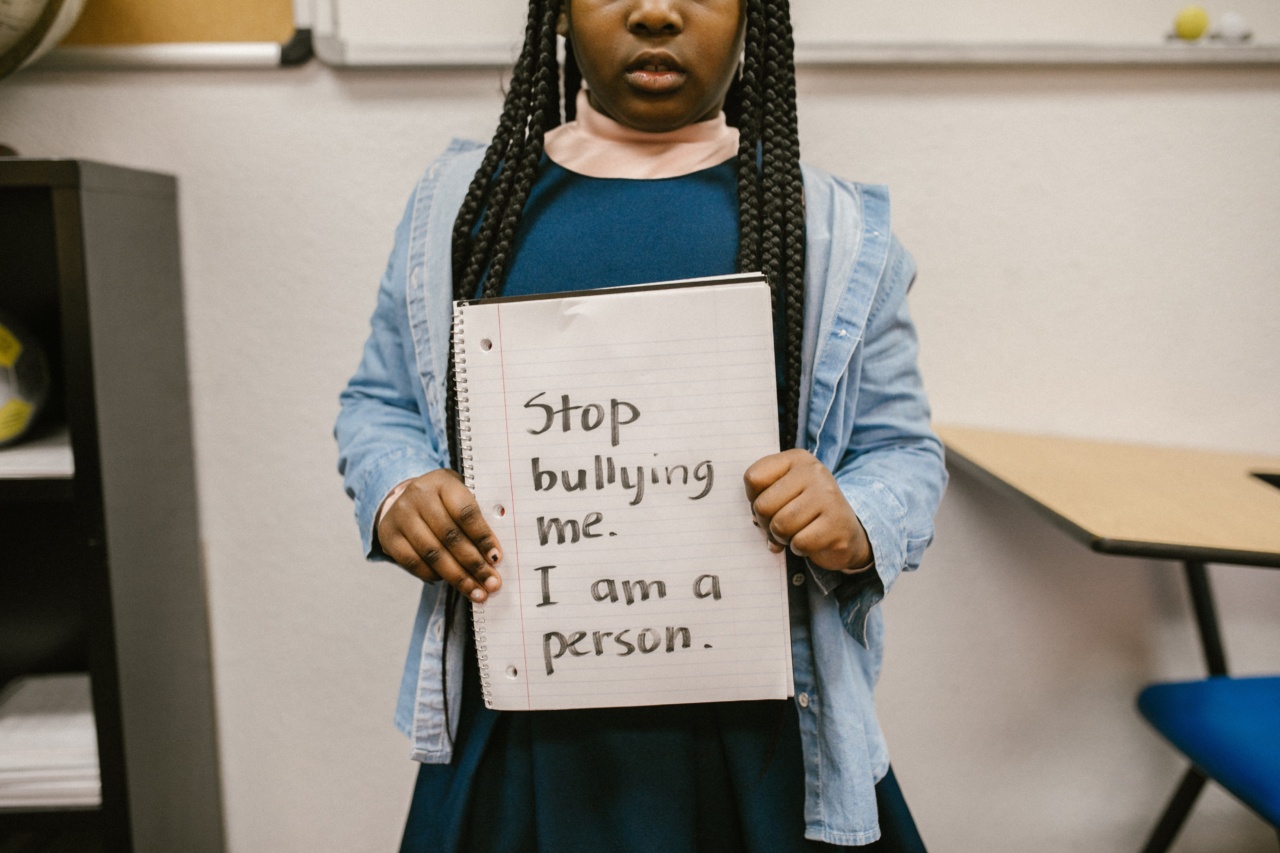Bullying has been a problem in schools across the world for as long as schools have existed. It is important that educators take the necessary steps to deal with this problem in order to keep their students safe and happy.
In this article, we will explore some strategies that can be used by teachers and administrators to address bullying in schools.
What is bullying?
Bullying is defined as the use of force, threat, or coercion to abuse, intimidate, or aggressively dominate others. This can take the form of physical violence, verbal or emotional abuse, or social ostracization.
Bullying can happen anywhere, including in schools, and it often has a profound impact on the victims.
Identifying bullying
One of the most important steps in dealing with bullying is identifying it in the first place.
Teachers and administrators should be on the lookout for signs of bullying, such as physical marks, unexplained absences, changes in behavior, or changes in academic performance. It is also important to listen to students when they bring their concerns to you, as they may have a better understanding of what is happening in their social circles than adults do.
Dealing with the bully
When it comes to dealing with a bully, there are a few different strategies that can be used. One approach is to talk to the bully and try to get them to understand the harm they are causing to others.
This can be done by calling them in for a one-on-one conversation, or by bringing in a mediator to help facilitate the conversation.
If talking to the bully does not work, you may need to escalate the situation to a higher authority, such as a school administrator, or even the police if the situation is severe enough.
The goal is to get the bully to stop their behavior before it becomes worse and causes serious harm to someone else.
Supporting the victim
One of the most important aspects of dealing with bullying is supporting the victim. Students who have been bullied often feel isolated and alone, and it is important to let them know that they are not alone.
Teachers and administrators can do this by listening to their concerns and addressing them in a sensitive and supportive manner.
In addition to offering emotional support, schools can also provide practical support to victims of bullying.
This might include things like providing counseling services, offering academic support, or even helping the victim to switch classes if necessary in order to get away from their bully. It is important to work with the victim to find the best solution for their specific situation.
Creating a safe and supportive environment
One of the best ways to prevent bullying from happening in the first place is to create a safe and supportive environment for all students.
This means creating a culture of respect and tolerance within the school, where diversity is celebrated and everyone feels valued. It also means having clear policies and procedures in place for dealing with bullying when it does occur.
Teachers and administrators can help to create this type of environment by modeling positive behavior for their students, and by actively working to promote inclusion and diversity within the school community.
This might include things like organizing multicultural events, celebrating different holidays and cultures, or even decorating the school with positive messages about respect and kindness.
Getting parents involved
In order to create a truly safe and supportive environment for students, it is important to get parents involved in the process.
Parents can help to reinforce the importance of respect and tolerance at home, and can work with the school to find creative solutions to bullying that take into account the unique needs of their child.
Teachers and administrators can work to engage parents by hosting parent-teacher conferences, sending out regular newsletters or email updates, and by providing resources and support for parents who are dealing with bullying at home.
Raising awareness
Finally, it is important to raise awareness about the issue of bullying in schools. This can be done in a variety of ways, such as through school assemblies, posters and flyers around the school, or even through social media campaigns.
By raising awareness about the problem of bullying, we can help to create a community of support for students who may be struggling with this issue.
We can also help to change the culture in our schools so that bullying is no longer seen as acceptable behavior.
Conclusion
Bullying is a serious problem in schools, and it is up to educators to take the necessary steps to address it.
By identifying bullying when it occurs, dealing with the bully, supporting the victim, creating a safe and supportive environment, getting parents involved, and raising awareness, we can work to create a school culture that is free from bullying and supportive of all students.






























